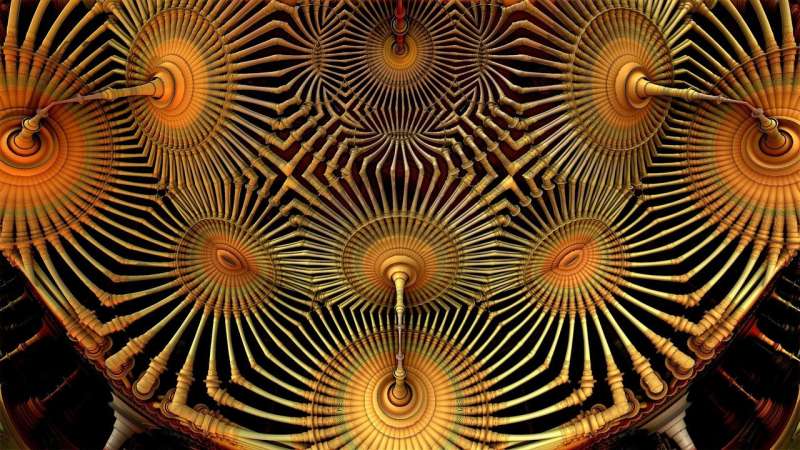Researchers determine the performance of multi-dimensional bits

What kinds of computers would be conceivable if physics worked differently? Quantum physicists Marius Krumm from the University of Vienna and Markus Müller from the Viennese Institute of Quantum Optics and Quantum Information of the Austrian Academy of Sciences (ÖAW) are speculating about theoretical properties of future computers to offer interesting insights into quantum computing.
Standard computing uses logic based on bits: patterns of zeroes and ones. Quantum computers, on the other hand, work with quantum bits. Conceptually, these are points on a three-dimensional ball. The north pole represents zero and the south pole represents one. Such a "qubit" can also take any place in-between (for example, on the equator) in the so-called superposition states.
In their current study, Krumm and Müller consider bits as points on a ball, too. But in contrast to the quantum bit, this ball is not limited to three dimensions. A few years ago, two quantum physicists from the University of Vienna and the Austrian Academy of Sciences proposed alternative physics in worlds with more than three spatial dimensions. To check this idea, Krumm and Müller made two assumptions about how these bits are wired: First, they are processed via reversible gates like "AND" or "NOT." Second, they satisfy an intuitive property of classical and quantum computing: knowing the single bits and how they are correlated provides a complete picture.
The surprising result is that even though these bits would be more complicated, computers based on them would have extremely limited capabilities. They would not be faster than quantum computers and could not even execute ordinary algorithms. In this sense, the third dimension and the quantum bit are special, and so is quantum computation—in a phrase coined previously by computer scientist Scott Aaronson, it is an "island in theoryspace."
More information: Marius Krumm et al, Quantum computation is the unique reversible circuit model for which bits are balls, npj Quantum Information (2019). DOI: 10.1038/s41534-018-0123-x
Provided by University of Vienna





















